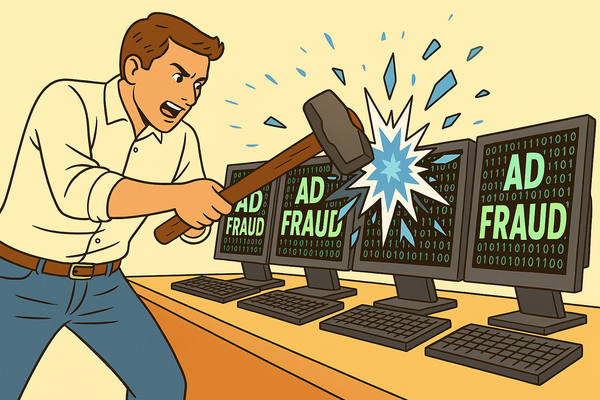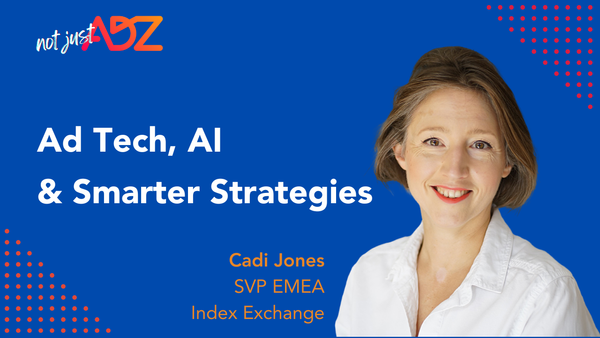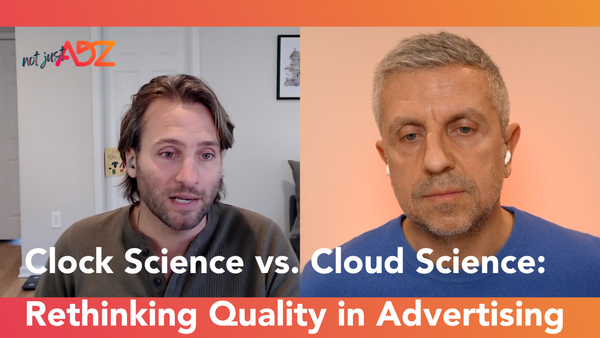Post Third-Party Cookies, You’ll Need This First-Party Media Monetization Checklist | AdExchanger
One of the most overlooked caveats around the shift to first-party assets is that no successful monetization strategy can be built in…

One of the most overlooked caveats around the shift to first-party assets is that no successful monetization strategy can be built in isolation. Synchronization, harmonization and consistency within the company and across its strategy, culture and behaviors will be paramount.
In a first-party world, where media owners’ assets have become essential, the possibility of getting by on quick fixes is not an option: an action (or lack thereof) in a certain area will make the generated benefit (or damage) felt across multiple areas of the business.
It is an upgrade from the Frankensteinian, often Sellotaped, approach of the past. Not a big enough audience? An audience-extension was a click away. No traffic? Buy it. No data? You could purchase it on the fly and sprinkle third-party data on your own inventory.
All of these compartmented elements were linked together by the third-party cookie.
But today, a future-facing media monetization strategy requires a more sophisticated strategy. This is because the existence of most first-party assets is mutually dependent and must work in two concentrical contexts: within the media owner’s environment itself and within the advertising environment.
The audience and monetization checklist
What are the individual elements of an effective media strategy, and how are they linked to each other? It boils down to these 13 components:
1. Understand the audience. Who are your users/customers? What do they want? What do they need? Observe the external forces that act on them, so that opportunities and challenges can be spotted earlier.
2. Focus on the product (media, not the ad slot). Audiences aren’t people who navigate the web in search of ads to click on. It is the product (news, movies, games, etc.) that attracts and retains them, creating the quality engagementadvertisers seek.
3. Create an outstanding user experience. It complements a strong product, supports the data strategy and builds trust and credibility.
4. Implement a “funnel of trust” as the foundation of a data strategy (no consent, no party). Use it as a stepping stone for the creation of more complex approaches (e.g., registration, subscription and zero-party data strategies). It also helps with mitigating the damage of ad blockers.
5. Maximize the value of first-party assets by keeping them bundled for a stronger proposition to advertisers. There’s value in a complete package: a real audience, premium context, data, authentication and engaging formats. Selling (and buying) the environment as a whole is also crucial for maintaining brand safety.
6. Work on consistent audience-facing best practices across every area of the company (marketing, subscriptions, advertising, technology, editorial, events). Eliminate conflicting approaches across different areas of the business.
7. Develop a hiring strategy aimed at recruiting talent with a varied and complementary professional background. Ensure the strategy is based on diversity of knowledge and experiences. (Monetization cannot be the exclusive domain of the programmatic team.)
8. Innovate formats and step up audience engagement opportunities. That includes fighting banner blindness, tackling ad blocking and providing higher value propositions to buyers.
9. Reset the commercial strategy by switching from quantity metrics to quality ones, rewarding business development teams for focusing on value rather than volume.
10. Keep an always-on dialogue with advertisers to build a mutually beneficial environment.
11. Develop a more finely targeted narrative toward buyers, presenting quality media as a complementary alternative to Big Tech’s walled gardens.
12. Carefully choose the right ad tech partners. That means companies that care for a media owner’s success and see it as their own. They respect media assets and help protect them.
13. Develop contextual products. Content is at the heart of media owners’ DNA. It’s a window to the soul of the audience, their preferences and interests. And it’s the gateway to the new frontier of targeting and data: context. It is also paramount to protect it.
Each and every area above will fulfill only a fraction of its potential if developed in isolation.
Reviewing ownerships and relationships across the whole organization is the single most powerful step toward media self-sustainability and better digital advertising environments.
Originally published at https://www.adexchanger.com on July 20, 2022.





